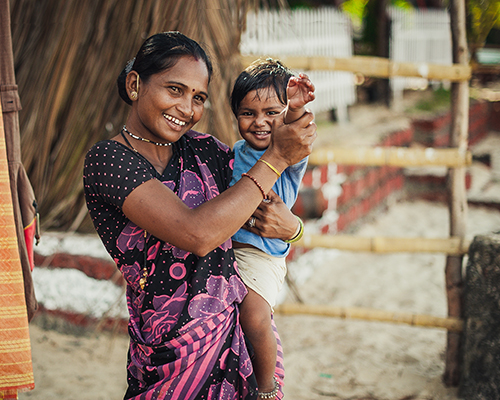Concurrent Evaluation of Adolescent Education Programme
In partnership with the Ministry of Human Resource Development (MHRD), the United Nations Population Fund (UNFPA) supported the Adolescent Education Programme (AEP). Adolescence Education intervention was designed to impart accurate and adequate knowledge about the process of growing up with a focus on reproductive and sexual health in its biological, psychological and sociocultural dimensions, emotional health and coping with life skills. As part of the program, training was provided to teachers, principals and other resource persons to make them able to undertake advocacy activities at the school and community level; respond to questions raised by students via the Question Box; conduct classroom sessions by organizing interactive student activities; strengthen linkages with adolescent / youth-friendly health services; reach out of-school adolescents who have either dropped out or were never enrolled. Sambodhi determined the influence of the AEP on the knowledge, attitude and skills of adolescents and teachers and to ascertain whether the programme was meeting the needs of different stakeholders, including, students, teachers, principals and parents and identify gaps in programme design and implementation. A total of 329 teachers and 22,000 higher secondary students across 210 schools and 5 states participated in the study. A cross-sectional study design was implemented. Data was collected by administering questionnaires and conducting focus group discussions and in-depth interviews. In this way, both quantitative and qualitative data was captured. A comprehensive analysis of the data was done around the core components of the AEP. For this, information was gathered to create an understanding of (a) the situation itself and (b) adolescents’ knowledge of and attitude towards issues concerning growing-up; relationships (with peers, family and teachers), gender, child abuse, RTIs/STIs, and substance abuse. Finally, the opinion of adolescents and teachers about the AEP was also captured. In this manner, a comprehensive report was submitted to the client.

